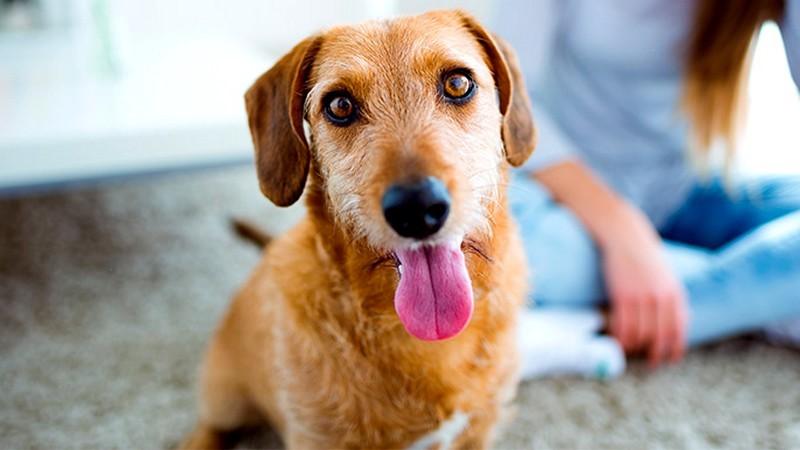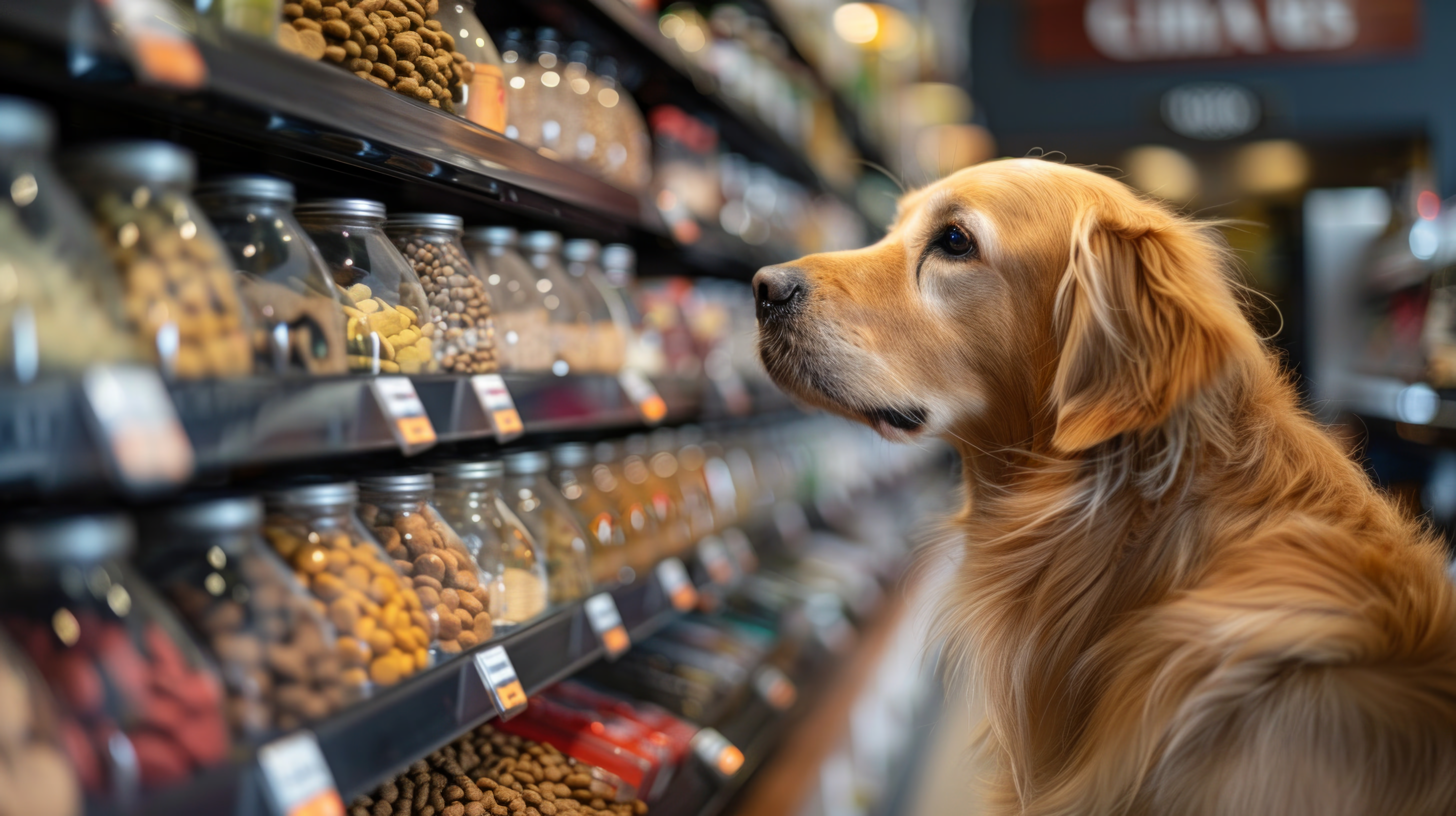How is Mars Petcare using data to help dogs and cats?
Dogs and cats can't talk, so they can't tell us when they start to feel ill or otherwise may need healthcare. At Mars Petcare, we are using data and analytics to reveal new insights into pet health. By identifying changes in health as soon as possible, we hope to reduce the impact that disease can have on pets' wellbeing. We already have diagnostic tools that can help predict the onset of disease, technology that can detect changes in pet behaviour that could signal a change in wellbeing and we are using leading-edge data science applications to enable a new era of preventive pet care.
And it's not limited to healthcare. There are several areas of our business where we're using data science, from optimising supply chain and hospital operations to personalised marketing and retail assortment.
We are positioned to collect information on the behaviour, health and genetics of pets around the world through our nutrition, health and pet service businesses – and we want to use that privilege to be a force for good. Mars Petcare has a number of pet food brands, including Pedigree™ and Whiskas™, as well as Royal Canin®, our health nutrition brand. We're also very proud of our global network of more than 2,500 veterinary hospitals and diagnostic labs that employ more than 65,000 compassionate veterinary professionals.
We've got a DNA business called Wisdom Panel™, while Whistle™ helps us understand pet health through activity and behaviour tracking. Scientists at the Waltham Petcare Science Institute work to advance science to better understand pets' needs and overall wellbeing. The scale and granularity of this data across our businesses provide a phenomenal opportunity to generate insights that will help enable pets to live happier, healthier lives.
What is your latest breakthrough?
Pet Insight Project is a pioneering mission to collect and interpret the health stories of hundreds of thousands of dogs. It's enabled by Whistle FIT, a smart, collar-worn device that captures information about a dog's behaviour – like a fitness tracker for dogs. It has a three-axis accelerometer to sense how much a pet moves up to 150 times a second.
Pet Insight Project invites citizen scientists to send in videos of their dogs doing certain activities, such as eating, drinking and scratching, whilst wearing the Whistle device. By pairing the data from the device with the video footage, we have built ML algorithms that can detect when dogs are exhibiting certain behaviours. We can now detect previously unseen behaviour patterns that could be early indicators of changes in wellbeing.
For example, an increase in the amount of time a dog spends drinking each day could be a sign of ill health, such as diabetes or kidney disease. We can notify the pet owner of these changes through the Whistle app, often before they have noticed the change in behaviour themselves.
How does your data help vets?
Profession wide, it's estimated that the anaesthetic mortality rate is twice as high for cats as it is for dogs. We applied Natural Language Processing to unstructured medical notes and processed data from 1 billion raw medical notes, creating 300,000 structured anaesthesia records. Our research to try and better understand the risks associated with feline anaesthesia mortality has identified six unique risk factors. The next stage of this project is now in development – a predictive algorithm that can provide real-time feedback to veterinary teams to help make anaesthetic procedures safer for cats.
Tell us about your work in AI and ML
Our AI and ML algorithms are written mostly in-house, but we also partner with third-parties and academic institutions. Another great example is our application of ML to X-rays. There is a dearth of veterinary trained radiologists globally, and a huge year on year increase in demand for radiological reads by veterinarians. Using 2.2 million X-rays, we have built ML models that can identify 42 findings in thorax and abdominal X-rays in cats and dogs, with many more findings to come. We can now provide a service to veterinary hospitals where ML can be used as an initial assessment for an X-ray.
We're also using predictive models to optimise our retail assortment, so that we can provide pet owners with more tailored product offerings.
How can data help in early disease detection?
Chronic kidney disease (CKD) is the number one cause of death for cats over five and affects 30% to 40% of all cats over the age of 10. RenalTech™ is an AI-driven diagnostic tool that can predict whether a cat will develop CKD up to two years before traditional clinical diagnosis. It was developed by data scientists at Waltham Petcare Science Institute using the medical data of more than 150,000 cats and 750,000 veterinary visits over 20 years. It's available to veterinarians through our diagnostic lab Antech's network. By having an early insight to the onset of disease, pet owners and veterinarians can partner to create a proactive, personalised care plan for the pet.
What does the future look like for pet care?
A common use of AI in human health is the development of predictive models: where a computer can spot very subtle patterns in data that are an early indicator of a health condition or disease. Because so many diseases have better outcomes if they are picked up and treated earlier, predictive models have the potential to be transformative for pet healthcare, as in human healthcare.
We believe that going forward, we'll continue to tap into the potential of new technologies and tools to drive preventive and more personalised care, which can allow us to work harder and smarter to improve the lives of our pets. Already scientists are using the power of AI to not only understand how a pet's genetics and behaviour can share powerful insights about their overall health, but to also help predict disease in pets. Individualised nutritional support may ultimately help in the prevention and treatment of certain diseases. In the future, veterinarians and pet owners will be able to partner even better to keep pets healthy and happy.
What motivates your team?
Pets make our lives better, and we're privileged to have the opportunity to use science and data to make their lives better too. By responsibly harnessing pet data, we have the opportunity to change the lives of millions of pets and the pet care industry. What motivates and unites us is our purpose: A better world for pets.
Source: Sunday Times
You could be interested: Greenwashing in pet food: what it is and how to avoid it































